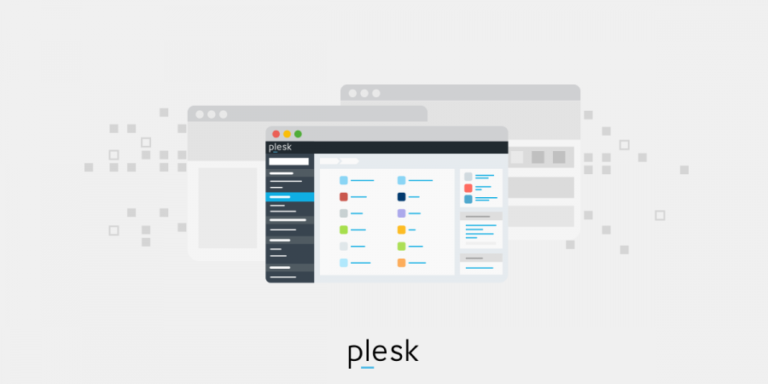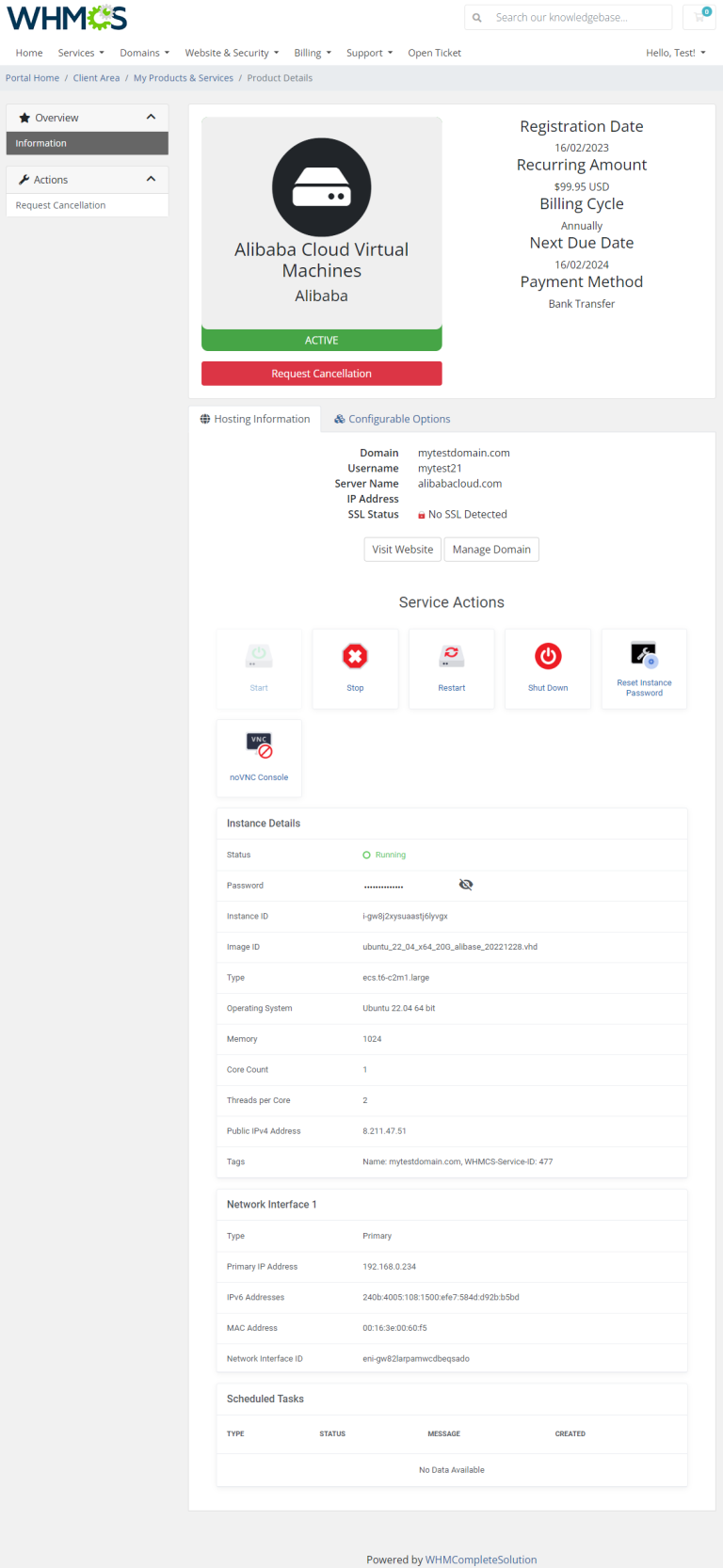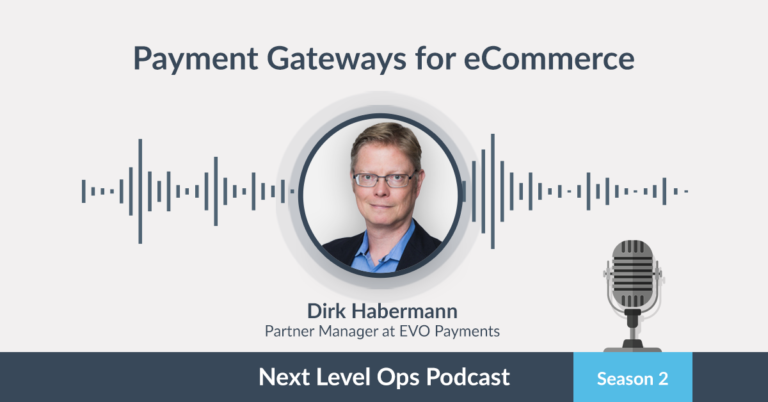
If you look around at well-designed and effective websites, you’ll notice that the target audience of a website has a profound impact on the design of the site. Obviously, different audiences prefer different types of websites, and they’ll also have different needs.
The term “user-focused” is commonly thrown around. In this article, we’ll take a look at a number of different ways (in no particular order) that the audience of your site will affect the way it’s designed. This is not an attempt to be all-inclusive, but rather to show just how many ways the audience of a site can impact its design.
1. Colors
Deciding on a color scheme is a huge step in the process of a design. The specific target audience of the site should be considered during this decision.
Different audiences will sometimes have specific tastes in color. For example, websites that focus on celebrity news/gossip often feature many bright colors. When children are the target audience, a lot of different colors will be used.
In certain cultures and religions, specific colors can sometimes create negative feelings or emotions and the psychology of color will be important.
Whatever audience you’re targeting, make an effort to find a color scheme that will be appreciated and considered to be attractive.
2. Page Load Speed
A high percentage of users today have high-speed connections, especially if you are targeting a technologically savvy audience. However, mobile devices generate 54.8% of internet traffic, and the page load times can suffer if the user doesn’t have a strong signal. Websites that are bogged down with slow-loading elements are unlikely to be successful if the audience primarily consists of visitors accessing the site by mobile device.
Additionally, page load speeds are now factored into Google search rankings, so speed is more important than ever.
3. Images
The types of photographs and images that are used throughout a website should appeal to the target audience. A site that targets photographers should obviously use very high-quality photos to create a good impression.
Also, the people shown in photographs on a site are often chosen because they resemble someone that would be typical of the website’s audience.
4. Targeted Keywords and Phrases
Every well-built website should target specific keywords and phrases. The entire website may target similar phrases or each page may target its own set of words and phrases. Whatever the case, the target audience of the site and what they will search for should be the major deciding factor when choosing words and phrases to target.
5. Content
Obviously, the written (or video) content of a website should be influenced by the target audience. They type of content should be something that appeals to the audience (examples, the use of humor, news-related content, etc.) and the voice of the writing should also be consistent with the interests of readers. Additionally, the amount of content should also be influenced by the audience and what they are looking for.
6. Level of Interaction
Different audiences will expect to be able to interact with a website in different ways. Does your audience want to be able to watch videos, interact through comments or a forum, create user-generated content, etc? Does your website allow visitors to interact in a way that will appeal to them?
7. Integration of Social Media
More and more websites are including the integration of social media. This can mean anything from including social media icons and sharing buttons, embedded social posts, or a system for visitors to vote content up or down right on the site itself.
Which social media sites are your visitors most likely to use? Don’t forget about niche social media sites, which will obviously be influenced by the specific audience of the website.
8. Language
The terminology used on a website should always be influenced by the audience. Are users going to be familiar with certain words, phrases, and acronyms?
Jargon should be avoided unless the audience will clearly understand the meaning and appreciate the use of it.
Additionally, a website should not use harsh words or vulgarity unless the audience will be ok with this type of language, as some visitors will be turned off.
9. Fonts
On some websites, the fonts and typography are clearly intended to appeal to a certain audience. For example, a site that is targeting young people that are interested in skateboarding, snowboarding, or other extreme sports may use grunge fonts.
10. Styles
There are a number of different general styles of websites, and these are used to appeal to specific audiences. For example, a community site for designers may use a minimalist approach with a clean and crisp look.
A photography website will probably focus primarily on photos, graphics, and color.
A band or musician website will reflect the style of music that is played and the style of the people that listen to the music.
In all of these cases, the site is created in a way that will appeal to the typical user of that site.
11. Advertisements On the Site
Many websites and blogs include advertisements in order to make some money. The specific products and services that are advertised on a site should be interesting and useful for as many visitors as possible (although you won’t always have control over the ads).
Visitors generally won’t mind seeing advertisements if they’re well-chosen and appealing to them, but if the ads are for completely irrelevant products and services, visitors are much more likely to be turned off.
Well-targeted ads are best for the website owner, the visitors, and the advertisers.
12. Monetization Choices
Placing ads on a website isn’t the only option for making money with the site. There are lots of ways to monetize a website or blog.
Whatever method you choose, it should be something that your target audience will approve of. Monetization choices that don’t fit well with the audience will produce poor results and they will likely not be appreciated by visitors.
13. Outbound Links
What websites do you link to? Are those sites appropriate, interesting, and useful for your target audience? Outbound links will be the most effective if they provide some type of additional value for visitors.
14. Attention Grabbers
What you use to grab the visitors’ attention will depend on what audience you are targeting. Something that will interest one audience might do nothing for a different audience.
15. Subscription Options
If your website offers a subscription, be sure to give your visitors what they want. Do you have one general email list that includes all of your subscribers? Or do you offer different lists or segment your lists so subscribers can pick and choose the types of emails that they receive from you.
With email marketing automation, there are a lot of possibilities.
16. Affiliations
Does your website mention or list any affiliations? If so, these should mean something to your target audience. If you are targeting local visitors, displaying membership in the local chamber of commerce may be a good idea.
17. Communication Options
Some audiences prefer to communicate in specific ways. Of course, publishing a phone number and providing an email address or a contact form are the traditional choices. How about social networks that target a young audience? Instant messaging may be a preferred method of contact.
18. Call to Action
Most websites involve some call to action, whether it’s selling a product, asking for an email address, soliciting referrals (email addresses of friends), etc. The call to action should always consider the audience.
Sites that target children and teens will usually be more successful if they are attempting to get clicks on ads as opposed to selling products. On the other hand, a different audience may be interested in providing an email address but not something else. The action that you expect from your visitors should partially depend on the characteristics of those visitors.
19. Navigation
The navigation menu of your site is critical for usability. The specific links included in the menu, as well as the organization of those links (if you’re using a dropdown or mega menu), should be influenced by your audience as well. Think about the pages of sections of the site that are most important to your visitors and be sure that they’re easily accessible.
20. Mood of the Site
Many websites have an overall mood that is apparent to visitors. This is a way of making your target audience feel at home and helping them to connect with your site. The mood of the site should accurately reflect the mood that you expect visitors to have and to associate with.
21. Testimonials
If your website includes testimonials, the way that you display them or the people who are featured may be influenced by your audience. For example, someone could be very well known to a particular audience and completely unknown to people outside of that audience. Make an effort to get testimonials from people your audience will recognize and respect.
Conclusion
All of the items listed above are affected by a website’s audience. Effective and successful websites will always have the user in mind when decisions are being made and when the site is being designed.





